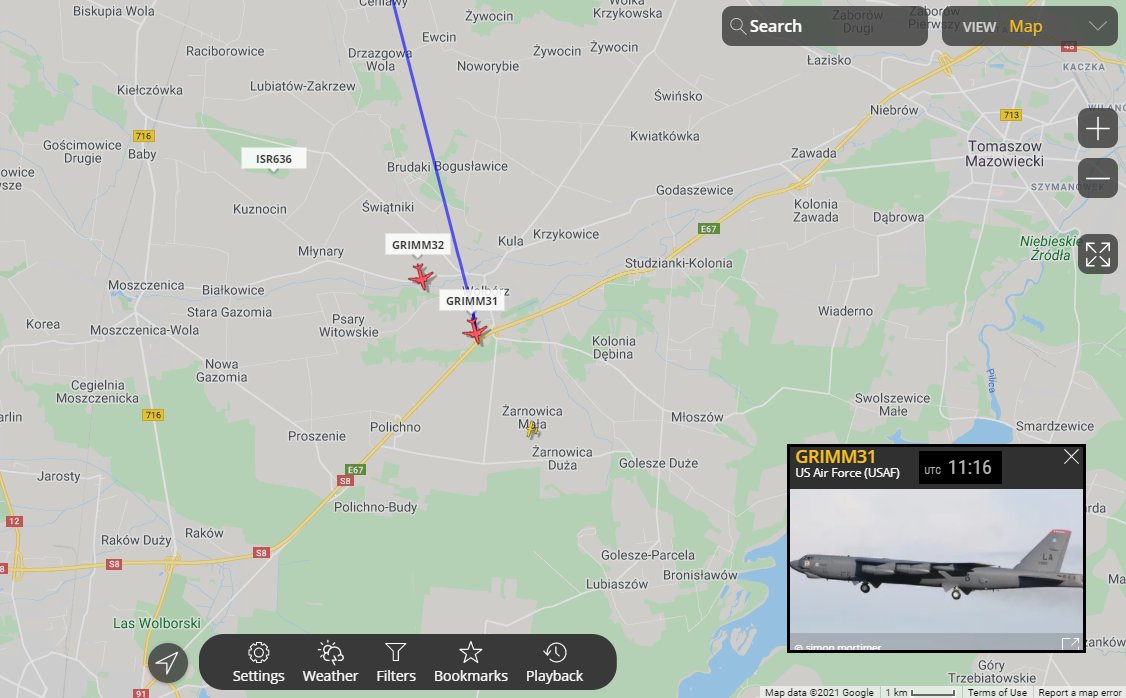

But nowadays there aren`t many planes without a tracker, because in most countries it is obligatory to equip all planes with a tracker. So if an airplane has no ADS-B tracker or has it switch off it will not be shown on the map.

ADS-B stands for “Automatic Dependent Surveillance – Broadcast”. All the planes you can see on the map are equipped with an ADS-B tracker. The secondary radar systems communicates threw a transponder with the airplanes and transmits the current location, flying altitude, speed and plane typ.įlightaware uses a different technology. It`s also possible to recognize if there is any vehicle one the airstrip. That`s very important because there were just a lot of accidents where migratory birds got roped into the turbines during the start. The primary radar system is able to recognize everything, for example migratory birds. Air traffic controller have a complete different radar system and get a lot more information`s. With all the informations it was possible to keep the airports safe and to avoid accidents.īut flightaware doesn`t offer all the informations. This where the most important informations to coordinate all the traffic on an airport. Transmitting power ranges from 160 to 1500 watts.Years ago all the information, Flightaware offers, where only accessible to air traffic controllers. The secondary radar operates in the range of 1030 to 1090 MHz. The secondary radar also provides rapid identification of aircraft in distress. The air traffic control centers uses this system data to verify the location of aircraft within a 60-mile radius of the radar site.
FLIGHT RADAR 24 WIKIPEDIA CODE
Military, commercial, and some general aviation aircraft have transponders that automatically respond to a signal from the secondary radar by reporting an identification code and altitude. The secondary surveillance radar uses a second radar beacon antenna attached to the top of the primary radar antenna to transmit and receive area aircraft data for barometric altitude, identification code, and emergency conditions. At distances of more than 43 feet from the antenna, the power density of the ASR-11 signal falls below the maximum permissible exposure levels established by the Federal Communications Commission (FCC). The average power density of the ASR-11 signal decreases with distance from the antenna. The transmitter generates a peak effective power of 25 kW and an average power of 2.1 kW. The primary radar also provides data on six levels of rainfall intensity and operates in the range of 2700 to 2900 MHz. From this, the system can then measure the distance of the aircraft from the radar antenna and the azimuth, or direction, of the aircraft in relation to the antenna. The radar system measures the time required for radar to echo to return and the direction of the signal. The primary surveillance radar uses a continually rotating antenna mounted on a tower to transmit electromagnetic waves that reflect, or backscatter, from the surface of aircraft up to 60 nautical miles from the radar. Primary and Secondary Surveillance Radar: It interfaces with both legacy and digital automation systems and provides six-level national weather service calibrated weather capability that provides enhanced situational awareness for both controllers and pilots. Airport Surveillance Radar (ASR-11) is an integrated primary and secondary radar system that has been deployed at terminal air traffic control sites.


 0 kommentar(er)
0 kommentar(er)
